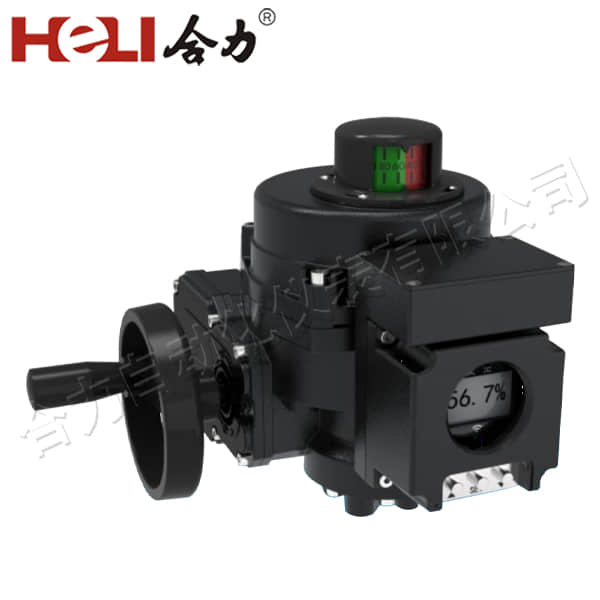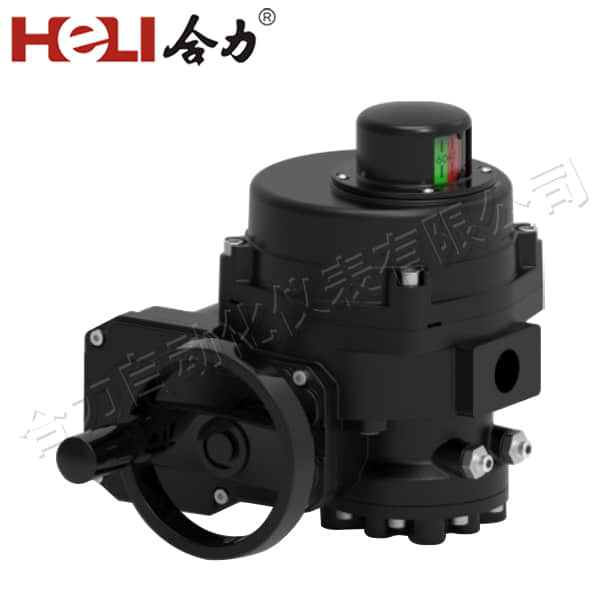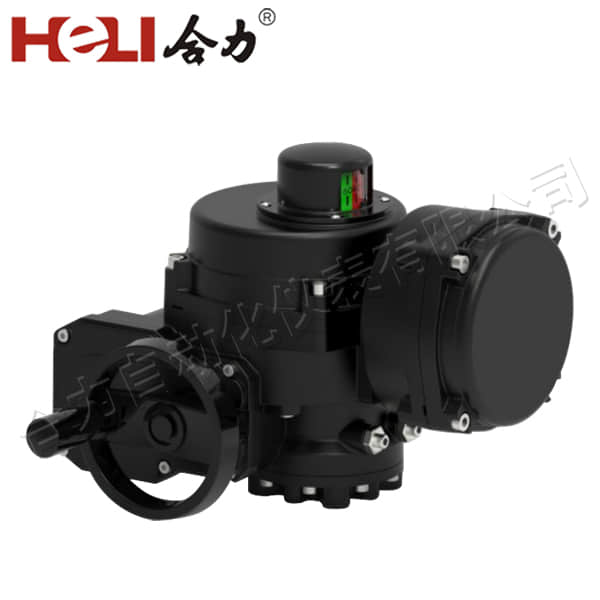Electric actuators are vital components in modern automation and control systems, converting electrical energy into mechanical motion. They play an essential role in various industries, from manufacturing to aerospace, enabling precise control over mechanical systems. This article explores the mechanisms, applications, and advantages of electric actuators, highlighting their importance in contemporary engineering.

What is an Electric Actuator?

An electric actuator is a device that uses electrical energy to create motion. Unlike pneumatic or hydraulic actuators, which rely on gas or liquid pressure, electric actuators operate on electrical power. They typically consist of a motor, a drive mechanism, and a control system. The motor converts electrical energy into rotational motion, which is then transformed into linear motion through gears, belts, or lead screws, depending on the actuator’s design. Electric actuators come in various types, including: Linear Actuators: These actuators create straight-line motion. They are often used in applications requiring precise positioning, such as in robotics, material handling, and automation systems.
